What is Yin Yoga?
Yin yoga is a kind of slow and meditative form of yoga as an exercise that targets the strengthening of your deep body tissues like ligaments, bones, and connective tissues. The practice of yin yoga is based on Chinese ancient history. Many of them believe that it helps the flow of energy in your entire body. With the increasing demand for a stress-free life, yin yoga has occupied its place in daily life’s yoga practice. If this also persuades you, don’t stick your brain to scrolling a lot for it. We are here to inform you on how to start yin yoga at home. With deep research, we have planned a 1 hour yin yoga sequence.
1 Hour Yin Yoga Sequences:
In yoga, we focus almost on the whole body workout sequence. This 1-hour yin yoga sequence is versatile for you, with every inch of your whole body in a balanced proportion. While performing this, don’t hasten, otherwise, you will hurt yourself. Make sure you have 5-6 minutes for each pose and don’t try to expand your body space at once. Always go ahead gradually and progressively. Let’s start with a 1 hour yoga sequences.
Yin Yoga Sequences for Beginner’s:
Grounded Meditation Pose:
Meditation is not as easy as it seems. Its central focus is on making sure there is a balance between mind and body. To roll the ball, sit on the ground with crossed legs and straighten your neck and back. Find a perfect center point where gravity can act and also continue your breathing in the normal way.
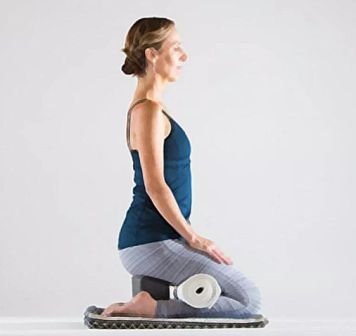
Straddle Fold Pose:
Straddle Fold pose, your knees and legs work here. While sitting still, inhaling a deep breath, you have to extend your legs outward on both sides. Move your hands forward on the floor in a cross fashion and keep your head on the floor. It will relieve the pressure on your head and back. If you are a beginner, then give a little bend in the knee area to avoid extra tension.
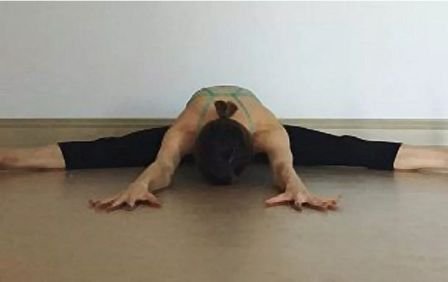
Wide-Legged Child’s Pose:
For Wide-Legged Child’s Pose, get off your shoes, sit and place your hips on the shin bones. Go down on your knees and point your fingers in a forward direction. Make sure there is enough space between the wall and you. Slow your breathing and begin to extend your hand away from your head on the ground. This will put great tension on your shoulders and back. You can also make it intense by lifting your hands and knees off the floor. Expand your legs outward also.
You can also take a rest to make it easier while stacking your head on your hands and hips on your knees accordingly.
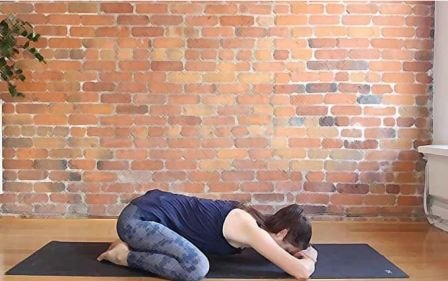
Sphinx Pose:
The Shinx pose is the beginning of the backbend. It helps you to open your chest and lungs. Simply lie down on your stomach and push your bum bone backward while keeping your hind limbs straight to achieve this pose. Now lift your upper body, head, shoulders, and chest, slowly from the ground with maximum bend by applying pressure to your palms and forelimbs. This will strengthen your spine. Breathe deeply and consistently while doing this.
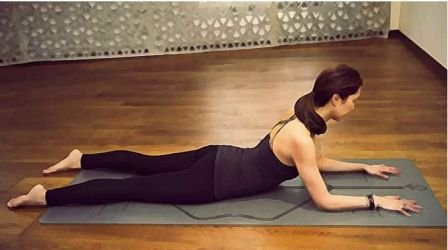
Pose for Laying Chest Opener:
Begin with the Laying Chest Opener pose. After completely lying down on the yoga mat on your belly, extend your left hand to the edge of the yoga mat on your left side.
Turn your head towards the left side while keeping your right arm straight at the shoulder. Constrict your legs and turn them under the belly. For a greater stretch, try to combine your knees with your left arm. Adopt a natural position before changing your side.
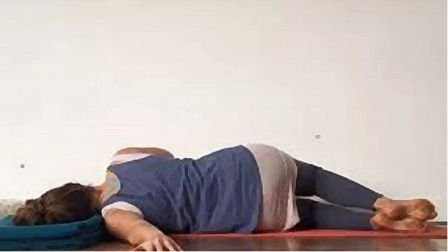
Dragon Pose:
Dragon pose opens the hips and groin. It also targets the flexor muscles of the hip and quads. This pose helps you open up the hip flexor muscles and is easy to achieve. Use a yoga block for your hands and feet at the start to make it easier. Keep your blocks parallel, making a good space between them. Put your hand on the blocks and also place one of your feet in the center of your chest and arms. Straighten the second leg and make sure that this pose fully opens your hips.
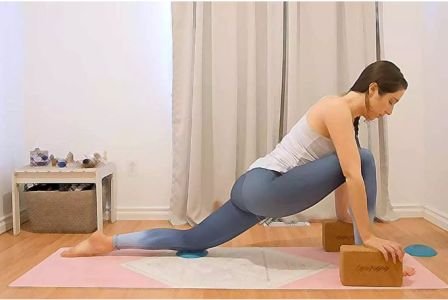
Swan Pose:
You can easily go towards a swan pose from the dragon pose. To try this, move your forelimbs forward above your head on the ground. Make sure you have a 90-degree angle on one leg with your body by moving it under the belly. Strengthen the other leg backward, and place your head on your hands to create a pulling sensation on your leg and hip. Hold on to this position for a while and then change it by changing leg positions.
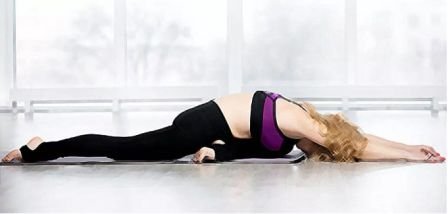
Pose with the supported fish:
The supported fish pose stimulates the throat and abdominal organs by stretching the muscles and fascia of the neck, shoulder, abdomen, and chest. To initiate this pose, be seated on the ground with your knees open like a butterfly pose. Now, put up your palms and lean down on a bolster. It releases your body’s stress and tension while taking a rest on the prop.
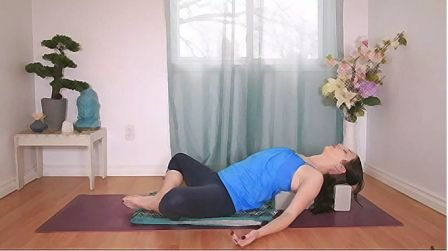
Extend the IT Band:
Place your body on your back, turn your knees and bring your feet to the floor. Lift your right foot and place it on the thigh of your left leg. Hook the ankle of your right foot around the left knee and begin to lower the right foot to the left. If the foot does not get stretched to the floor mat, place a solid mass or bolster under it. You can provide support here by grabbing hold of the right ankle with your left hand. Now you can also do the same for the other side.
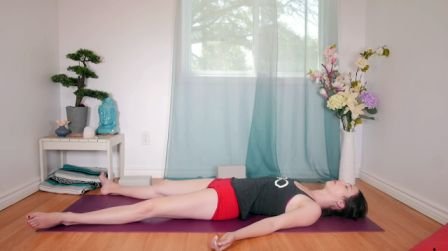
Savasana Pose:
Now, we are at the last stage. This is a checkpoint to measure the body’s changes that occurred in you after putting your toes in the above-mentioned poses. Just lie on your mat and let gravity do its work. Now, close your eyes and feel all the sensations that developed in your body.
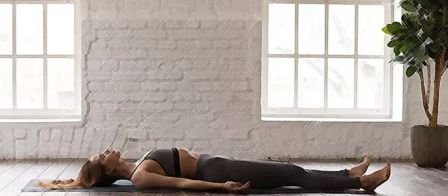
What are the health benefits of Yin yoga?
- It upgrades your joint movement.
- It boosts blood circulation and builds flexibility.
- It lowers your stress and anxiety.
- It relaxes your whole body.
- It creates a balance in the organs through meridian stimulation.
- It lengthens the connective tissues.
Frequently Asked Questions about Yin yoga!
Who is it Good for Yin Yoga?
Yin yoga can be beneficial for someone interested in meditation and internal focus. People dealing with chronic conditions like arthritis, back pain, or injuries can get more benefits from this than any other type of exercise or yoga practice.
Does Yin Yoga Help Lose Weight?
This is restorative yoga that not only focuses on your internal organs and limbs but also helps people lose a significant amount of weight if they do it regularly.
Why Is Yin Yoga So Hard?
Yin yoga is all about building the soft points of the body and stretching your ins and outs, which makes it a hard one. Despite the stretching, the struggle to maintain the balance between the body and mental focus wants extra attention.
Can You Do Too Much in Yin Yoga?
Yin yoga targets stress on the connective tissues and muscles. Too much practice can cause serious damage or can break down the muscle fibers.
How Long Are Poses Held in Yin Yoga?
Yin yoga is a sequence of different poses. These poses are held according to the comfort zone of the person performing. Generally, each pose gets 3-6 minutes. Resting poses may take long intervals.
Conclusion:
Considering the above discussion, we can say that it is a fun and challenging sequence to give us relief from stress. Typically, yin yoga isn’t an intense and sweaty vinyasa flow, but we can’t underestimate its advantages. I hope the 1-hour yoga sequences that you are going to start will grow you mentally and physically.
Be happy with it and stay safe!

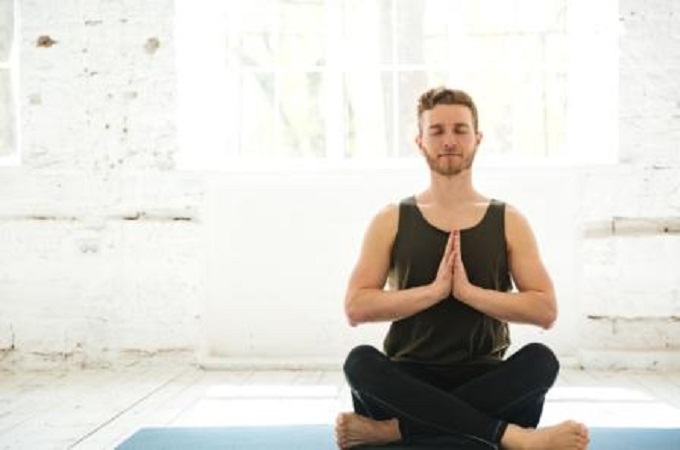
Pingback: Trauma Informed Yoga - How to Do Poses, Benefits & Heals.